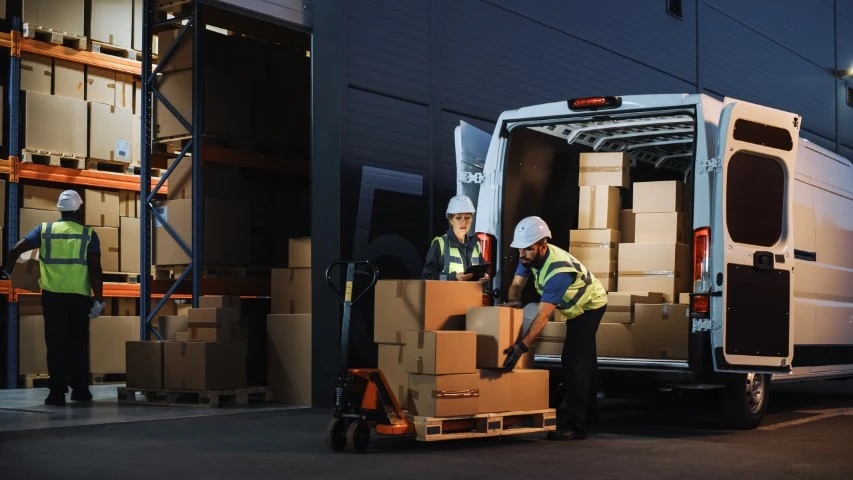Why It’s Time To Ditch Pen And Paper For Control Of Work Software For Safe Industrial Operations
Why It’s Time To Ditch Pen And Paper For Control Of Work Software For Safe Industrial Operations
Control of work (CoW) software, which includes functionality to undertake job risk assessment, isolation management, creating as well as approving work permits and shift management has been witnessing robust growth over the past two years with revenues forecasted to increase from $401 million in 2020 to $818 million in 2026 at a CAGR of 13%.
Traditionally, control of work software has been mainly used in high-risk process industries such as oil and gas and chemicals to ensure work is carried out safely and efficiently. This is changing, with firms in medium and low-risk industries such as airports, automotive, pharmaceuticals and banking implementing control of work software to gain from the myriad benefits it provides in terms of improved visibility into work activities and processes, better cross-functional communications, greater accountability and reduction in administrative costs as well as errors.
A few examples below highlight how industrial firms have implemented control of work software and the benefits they have realised. Industrial firms are using control of work software for:
Managing contractor safety.
London City Airport was able to effectively manage the influx of contractors, increase its user engagement and communication across multiple departments and reduce the time spent on administrative tasks leading to productivity improvements after implementing permit to work software from Alcumus.
Reducing safety related accidents and incidents for safe operations.
Undertaking job risk assessments to identify hazards related to a particular work activity and then putting controls in place to mitigate them, along with performing lock-out-tag-out to avoid conflicting activity occurring at the same time can reduce the chances of accidents, incidents and fatalities. Pfizer was able to reduce its permit-related incidents by 94% within one year, after implementing control of work software from Enablon.
Boosting worker productivity and efficiency by streamlining administrative tasks.
Control of work software can help boost productivity as well as efficiency by reducing time spent on unproductive tasks such as printing, issuing and receiving approvals on paper permits as these can be performed using mobiles and tablets. It also increases efficiency by providing all the necessary information about the task at hand (where, what, when and how) to the worker. Ferrero manufacturing was able to speed up its permit issuing process and provide contractors much quicker access to the site after it implemented permit to work software from OneLook Systems, which was acquired by VelocityEHS in May 2021.
Enabling real-time risk management across workers and assets.
Control of work software integrates worker safety with asset health information to provide a single view of risks. Intelex’s permit to work software integrates with HazardIQ for iNet gas monitoring system that provides real-time data and alerts in case of any breaches, enabling work activities to be automatically halted. Marathon Petroleum has implemented HazardIQ for iNet to streamline its incident reporting workflows and optimize its industrial hygiene data. Similarly, Yokogawa RAP’s control of work software uses data from Yokogawa’s Wireless Noise Surveillance System, co-developed with Equinor to plan work schedules and limit the time spent by workers in a noisy environment.
For more information on control of work software, read the following Verdantix reports: Buyer’s Guide Control Of Work Software, Market Size And Forecast: Operational Risk Management Software Applications 2020-2026 (Global) and listen to this Verdantix webinar: The Growing Control Of Work And Operational Risk Management Software Market: What Does It Hold For Buyers And Vendors?




















